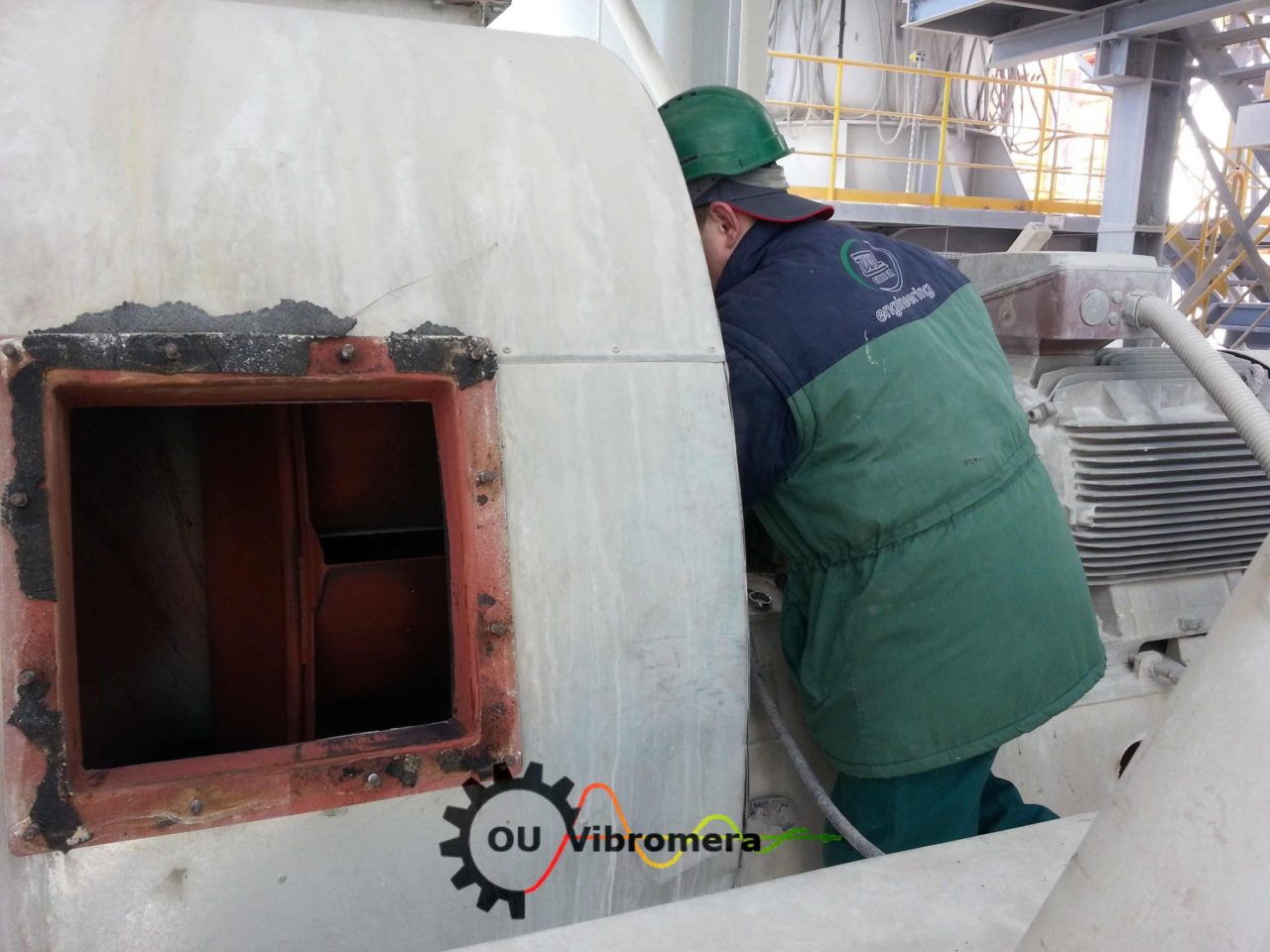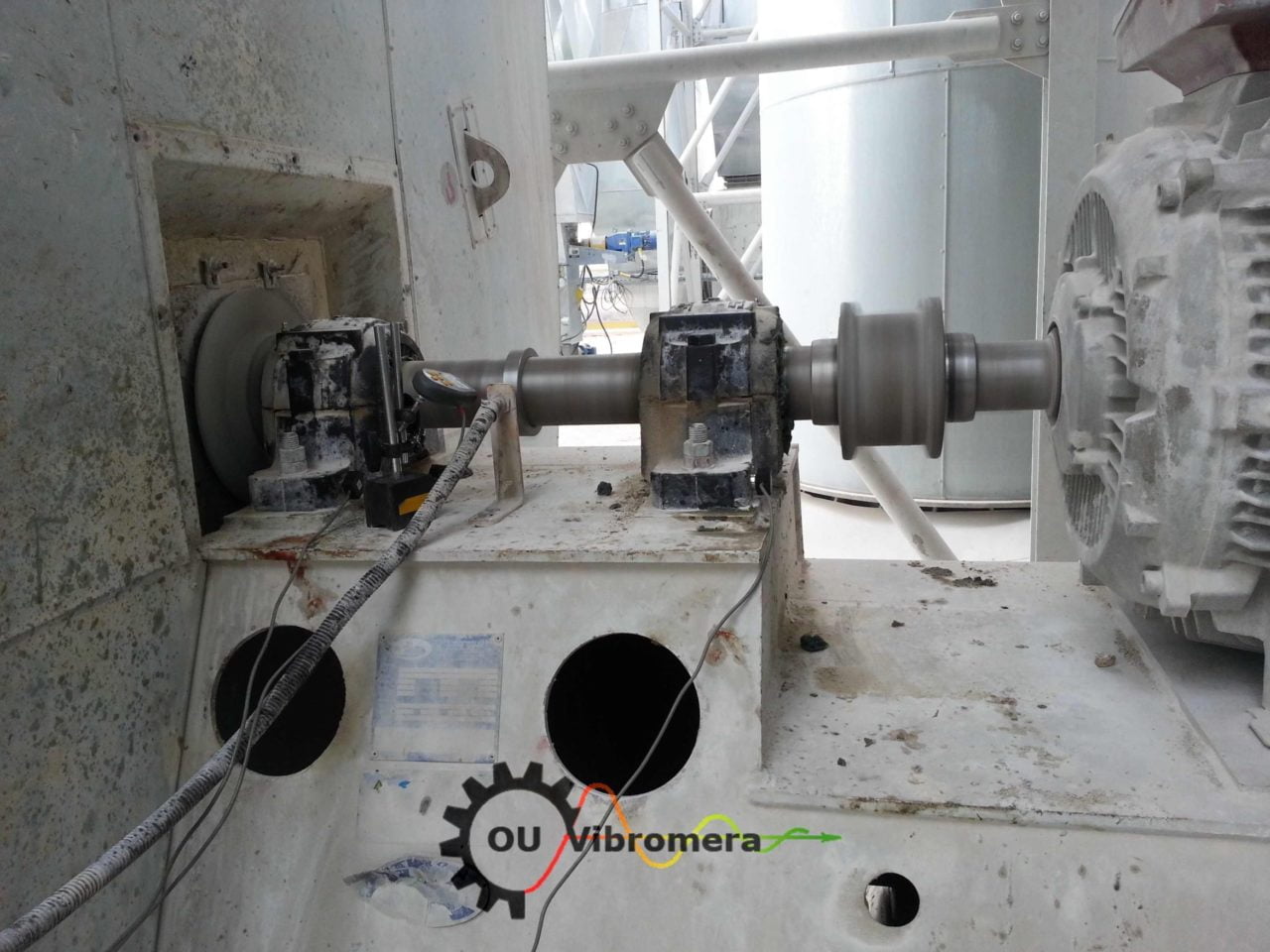Not too long ago, I had to revisit a limestone plant where I had previously balanced the separator rotor. This time, my task was different but equally critical: tackling the vibration issues of the exhaust ventilation system.
The limestone plant, with its harsh and dusty conditions, places heavy demands on equipment, making regular maintenance a necessity. When it comes to exhaust ventilation, any imbalance can lead to a plethora of issues such as increased energy consumption, mechanical stress, and premature wear and tear.
For this mission, the Balanset-1A was again my instrument of choice, given its effectiveness in providing accurate vibration analysis and rotor balancing. Here's how I proceeded:
- Initial Vibration Measurement: The first step involved recording the existing vibration levels of the exhaust ventilation system. High vibration levels often indicate imbalances that could lead to inefficient operation or even equipment failure.
- Placement of Test Weights: Based on the initial readings, I attached test weights to specific points on the exhaust fan blades. This enabled the Balanset-1A to capture any changes in vibration, which were then used to calculate the necessary corrective actions.
- Corrective Measures: Armed with precise data, I adjusted the balancing weights on the exhaust fan blades. This step was crucial for optimizing the fan's performance and reducing the vibration levels.
- Verification of Results: After the adjustments, another round of vibration measurements confirmed the success of the balancing operation. The vibration levels were significantly reduced, ensuring more efficient and safer operation of the exhaust ventilation system.
The plant operators were satisfied with the immediate improvement in the system's performance, echoing the success we had with the separator rotor balancing during my previous visit. The Balanset-1A proved its worth yet again, affirming its position as a reliable and cost-effective solution for various balancing needs.

